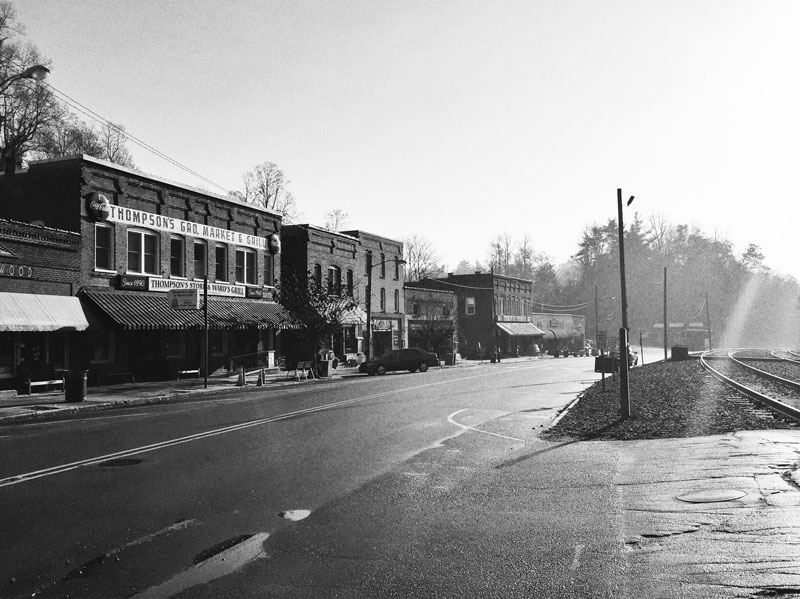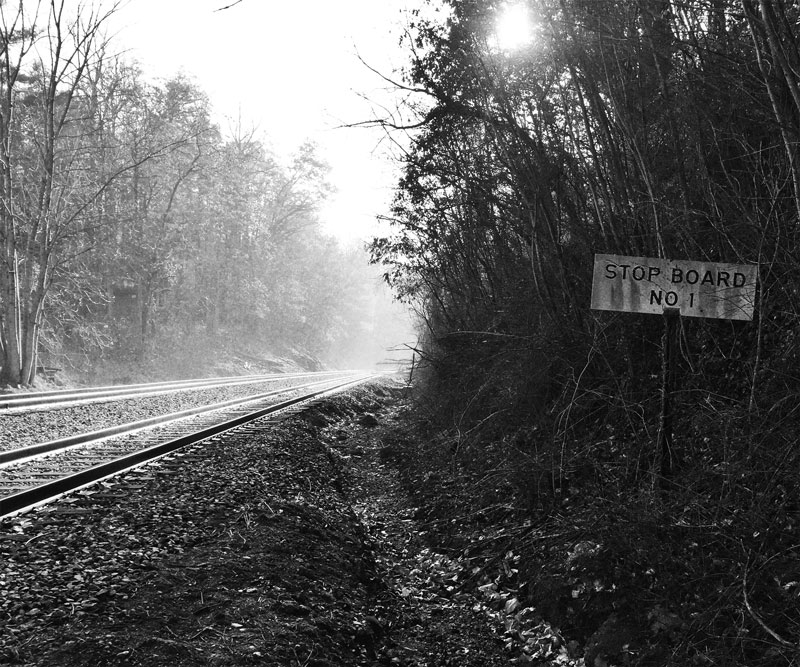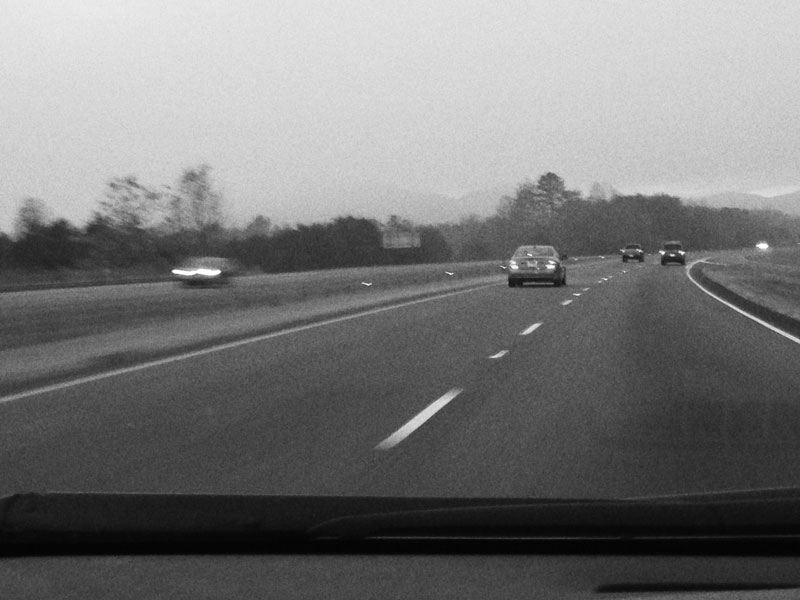“We need to drop by Dollar General and pick up some Gatorade, lip balm, and toilet paper,” announced my wife. “And some socks.”
“I didn’t know you can get socks at — wait, why do we need any of those things?” I asked.
“For the forest firefighters up at Lake Lure. The fire station is accepting donations.”
As a transplanted Canadian, I find the idea of scrounging supplies from the public to battle a forest fire to be far from normal. Back up north, forest fires are fought by well-equipped, dedicated professionals who would never need to ask for socks. Turns out it’s not normal in the Blue Ridge of Western North Carolina, either, but mostly because major forest fires have been so rare that there’s never been cause to prepare for them.
Just how unusual is 100,000 acres of southern Appalachian forest in flames, in the fall? Fire chiefs coordinating local responses say extreme drought now gripping the U.S. Southeast, and the resulting tinder-dry conditions, that is turning them into disasters. Steven Norman, an ecologist at the USDA Forest Service’s Southern Research Station in Asheville, N.C., told the Christian Science Monitor that this year’s fire activity is not just unusual, but “epic.”

As of late last month, for example, the “Party Rock” fire that’s threatening the resort town of Lake Lure had destroyed more than 7,000 acres of forest by Nov 20, and at one point was growing at upwards of 1,000 acres a day. Almost a thousand firefighters were called to the scene, and it’s just one of at least a dozen in North Carolina alone. Just across the Tennessee line in the resort town of Gatlinburg, the worst fire in a century not only destroyed dozens of buildings, it also took at least thirteen lives.
So worrisome are the fires that the pleas for donations have begun to crowd out post-election rants on my Facebook feed. But what’s more troubling than the scale of the destruction in the now aptly named Smoky Mountains is the likelihood that we’re going to have to get used to more of the same.
By mid-November, thirty-two of the wildfires burning in the region were big enough to warrant interagency responses. That’s not normal, according to Deke Arndt, chief of monitoring for the National Centers for Environmental Information, the federal research institution that crunches weather data from around the world. It’s probably why the subject found its way into Arndt’s monthly State of the Climate briefing in Asheville last week. “You combine drought and arson and it can be pretty significant,” Arndt said when asked about the conditions responsible for the fires.

Of course, Arndt, like any climatologist with an ounce of professional self-respect, doesn’t dare directly link climate change to a specific disaster. Yes, 2016 will go down as the warmest year on record; yes, the third quarter of the year was the hottest in North Carolina’s history; and yes, the only reason the state didn’t break low-precipitation records in October is because the coast got hammered by Hurricane Matthew. But climate trends and local weather are two very different things.
Still, scientists understand far more about the forces that drive weather and climate than just a few years ago. The fires blowing smoke as far away as Charlotte are exactly what a growing list of studies with titles like “Climate change and disruptions to global fire activity” tell us to expect.
Even Arndt was willing to venture a guess about the near future in general terms. The latest data on the powerful El Niño-La Niña phenomenon responsible for much of the variation in North America’s seasonal weather have given his colleagues a hint of what’s to come, he said. “I would not be surprised if they are putting more of their chips in ‘drier than normal.’”
So, the current weather pattern is likely to hang around for much of the coming winter. We’ll probably be dropping off hiking supplies and bottled water at local depots for a while. Parents and teachers, meanwhile, can look forward to more “condition red” air-quality alerts from the Environmental Protection Agency. That’s a level even healthy adults can find challenging and the one that’s been forcing our schools to keep the kids inside at recess for the last week or so.
That won’t stop those who prefer to normalize climate change, though. Already my Facebook feed has picked up claims that the fires are just part of “natural cycles.” Apparently, we should be content to blame careless trash-burning yokels, and never mind the science. This is part of the normalization trend that’s becoming commonplace in our post-election hangover.
The fires are dangerous, but so is accepting the unacceptable.
James Hrynyshyn writes about the connections between science and society with a focus on climate change. His work has been published in New Scientist, Canadian Geographic, Ottawa Citizen, Reuters, and Canadian Press, among others. He lives in the Blue Ridge Mountain town of Saluda, where he’s a member of the local planning board. Find him at classm.earth and on Twitter @hrynyshyn.

